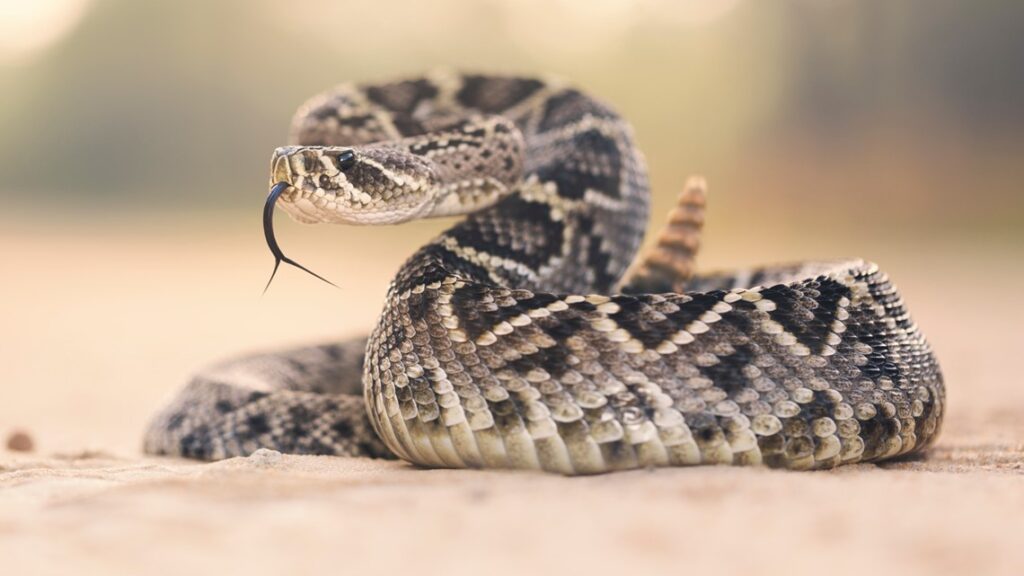Killing protected snakes in North Carolina is illegal and can result in a misdemeanor charge.
CHARLOTTE, N.C. — As we get into the summer months, you’re more likely to see snakes outside.
Many people often consider killing these reptiles, but you may want to think twice, because some species are protected in North Carolina. These include venomous and non-venomous species, with a range extending from the mountains of western North Carolina to the Outer Banks.
THE QUESTION
Is it illegal to kill protected snakes in North Carolina?
OUR SOURCES
THE ANSWER
Yes, it is illegal to kill certain snakes in North Carolina.
WHAT WE FOUND
According to NC Wildlife, there are 37 different species of snakes in North Carolina. Of the 37, only six are venomous, but many aren’t looking to harm you.
“We do not have snakes in North Carolina that are aggressive to humans,” Owens said. “Usually, if you leave them alone, they will leave you alone.”
Nine of the snake species in North Carolina are listed as threatened, endangered, or of special concern at the state or federal level. According to NC Wildlife, these snakes cannot be harmed, harassed or relocated without an endangered species permit.
Protected Snakes in North Carolina
Eastern diamondback rattlesnakes
Timber rattlesnakes
Carolina pygmy rattlesnakes
Eastern coral snakes
Northern pine snakes
Carolina watersnakes
Outer Banks kingsnakes
Smooth green snakes
Southern hognose snakes
If you are caught killing one of these snakes, you could face a class 2 misdemeanor, fines and even jail time, depending on the severity and circumstances.
Owens said that with more development across North Carolina, the snakes’ natural habitat is being destroyed, causing more endangered species. She wants to remind you, though snakes might be frightening to some, they are important.
“Snakes are not given enough credit,” Owens said. “Many of our snake species are rodent-eating snakes that are doing us a favor by keeping those rodent populations in check.”


Owens said there is one venomous snake that can live in urban areas: the copperhead. Masters of camouflage, copperheads easily blend into leaves and foliage, making it easy to step on and create a life-threatening situation.
Owens says you can spot a copperhead with its patterns that look like Hersey’s Kisses. The best thing to do is leave them alone, but if you have to move them, get a safe distance away and use a hose to scare them off your lawn.
Contact Meghan Bragg at [email protected] and follow her on Facebook, X and Instagram.


